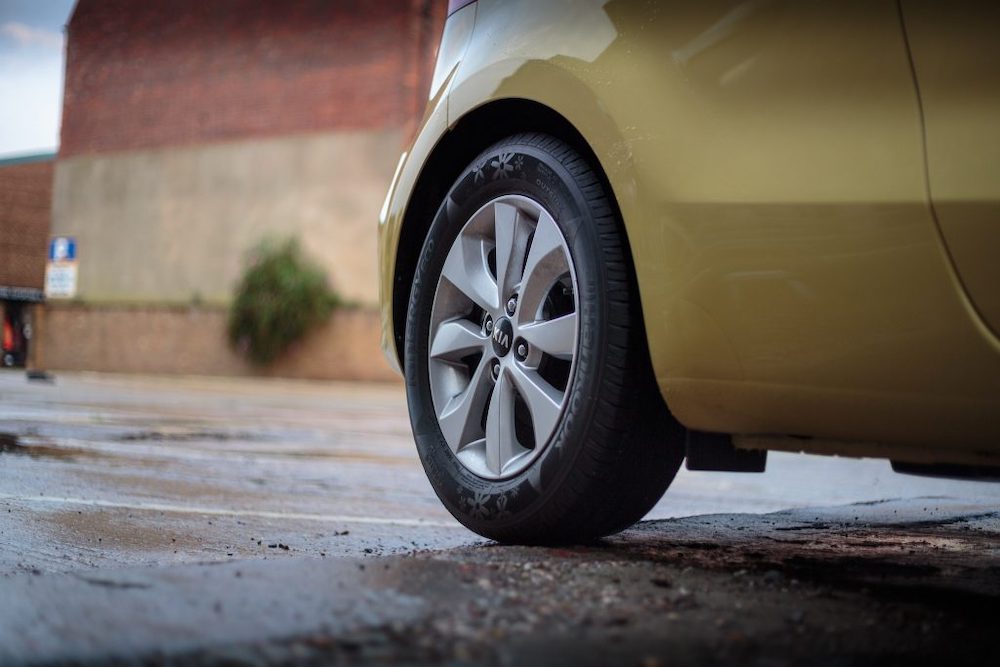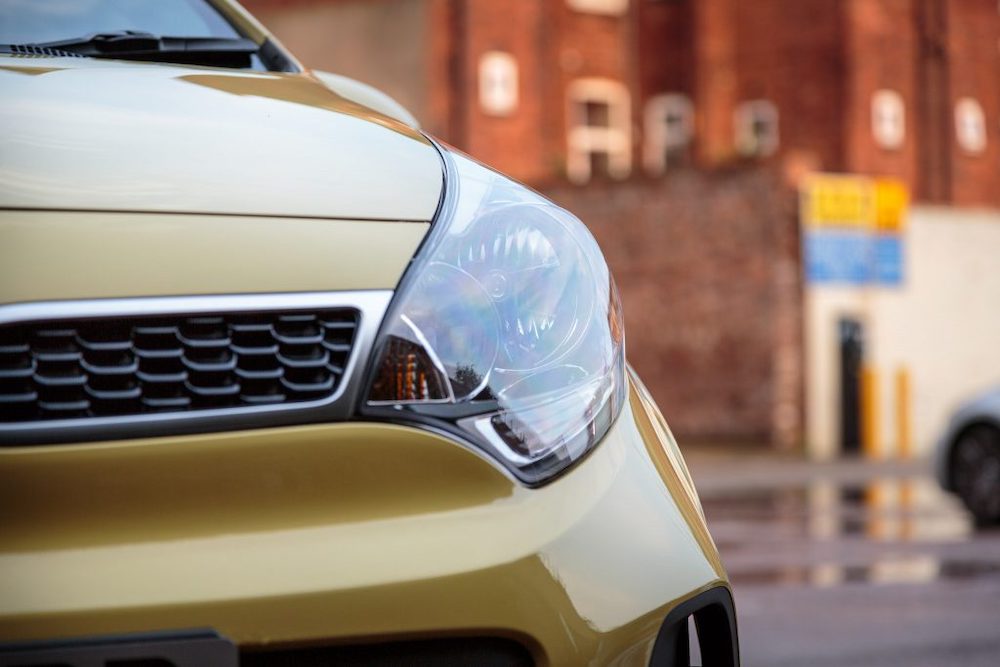You have your heart set on a used car, but you’re not sure where to start. You’re probably wondering if buying a used car is right for you and your budget. If so, this guide will provide some helpful information on buying a used car to fit your needs. There are nine actions you need to take, so let’s go through them.
Actions You Need To Take
Action #1: Be Aware Of The Downsides
Downsides to buying used cars include:
- No warranty from the manufacturer.
- The vehicle will likely have old tires that need to be replaced.
- Potentially high repair and maintenance costs.
- Not being fuel-efficient.
- Higher interest rates when financing the vehicle.
You may be spending a lot more than expected due to these reasons. That’s why you should read the buyer’s guide that car dealerships post on the driver’s side window when a car’s for sale.
Buyer’s guides are forms that list the remaining warranty and duration of a vehicle. Auto dealerships typically purchase these forms from companies like MBR Marketing who manufacture Buyer’s Guides, and other supplies. You can check them out at https://mbrmarketing.com/dealer-supplies/sales-forms/ftc-buyers-guides-and-holders.
Action #2: Research And Read Reviews When Deciding On A Car
Research different makes and models of cars online or at dealerships near you. Look at their pros and cons so you can narrow down which ones suit your needs.
Cars have reviews from people who already own them, so make sure to read through as many as possible. It’s also a good idea to speak with someone who knows a lot about the cars you’re interested in before talking to the sellers.
Action #3: Learn To Examine If A Car’s Worth Buying
What’s the best way to know if a used car is worth buying? Get an unbiased opinion from an expert and ask what they think. If you’re knowledgeable, the expert can be yourself.
For starters, if there are any “check engine” or “service engine soon” lights on, it means something’s wrong with the car. If you see these lights, it’s probably best to walk away before going on a dangerous test drive. You also need to check the fluids, such as the coolant, brake fluid, windshield wiper fluid, etc. Do a proper examination of the car and see if it’s worth buying.
Like the saying goes: if it’s too good to be true, it probably isn’t. Don’t automatically think you’re getting a good deal because the price is low. There’s probably something wrong with it. Examine carefully!
Action #4: Take Caution With Private Sellers
Whenever you’re looking at cars from private sellers rather than dealerships, have them provide documentation proving they own the cars before going any further.
Have them also prove that they’ve maintained their cars properly by providing copies of past repair receipts or service records. If anything goes wrong with your new ride in the future, you’ll at least know who to sue. You must never overlook this action as it can lead you to unnecessary problems. Having copies of past repair receipts and service records may also be useful when dealing with issues in the future. You’ll know which business to contact for help.

It’s also important that the vehicles have no problems or malfunctions as they can be difficult to fix. They will likely be cheaper upfront but could be more expensive down the road as you may end up dealing with unexpected expenses and repairs.
If you don’t know much about cars, you may want to bring along someone who does. Make sure the person you tag along with can examine the vehicles for problems. If you’re buying a used car through an online auction like eBay Motors, verify if there’s certification of the car history. You should also look for a vehicle inspection.
Action #5: Don’t Buy A Used Car Just Because It’s Registered
If you’re buying from a private seller, be careful if they tell you the car is registered. Just because a vehicle is registered doesn’t mean anything.
People can register cars in some states even if they’re stolen and want to sell them for a profit without telling you. Always ask for documentation proving they own the vehicle, as we discussed in the previous action.
You should also check if the vehicle is actually registered instead of taking it at face value. You can do so by checking with your state’s Department of Motor Vehicles (DMV) agency.
Action #6: Take A Long Test Drive
While this may seem like common sense, never buy a car without test driving it first. It’s important to ensure the vehicle is in good shape and that you’re comfortable with its performance. We recommend going for a 10-20 minute long drive to ensure everything is in working order. Again, it may be worth taking someone who knows about cars along with you. During Covid times, it would be essential and only fair to use a steering wheel cleaner both before and after any test drive to make sure no germs are passed on. They are pretty affordable.
Action #7: Check The Vehicle’s History
Once you find some cars you’re interested in, check all of their histories, including accident reports and recalls on file. Verify if there are hidden fees such as insurance or pre-owned warranties (sometimes this information can be buried deep).
Do some research at public record sites such as Carfax to see when a vehicle last changed ownership, including other documentation. If you’re going to buy from someone who has had accidents or damage, get all records and information on insurance settlements that have been made.
Action #8: Learn To Negotiate
If you’re not knowledgeable about buying cars, sellers may try to overcharge you. To avoid this and potentially save some money:
- Learn to negotiate the price before finalizing any purchases.
- Dress professionally, look confident, and know your stuff.
- Don’t be afraid to walk away if you’re not satisfied with the offer. You can always look elsewhere for a better deal.
Who knows, a seller may get back to you later on.
Buying a used car isn’t as scary as you might think. As long as you’re informed and follow the actionable steps, you’ll find a fantastic new car in no time!

